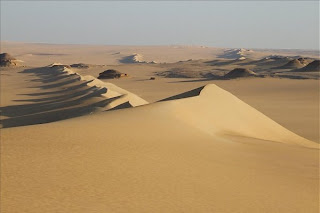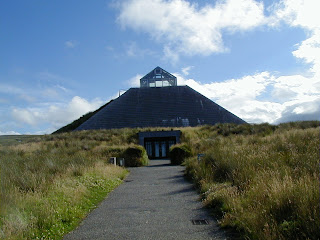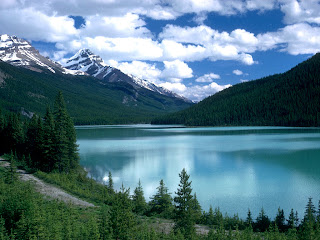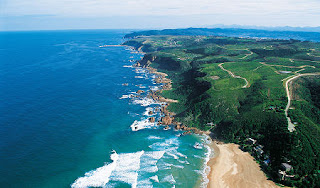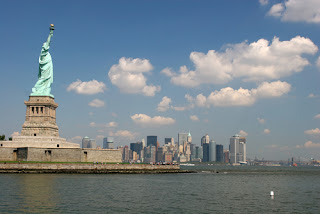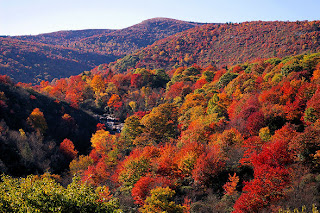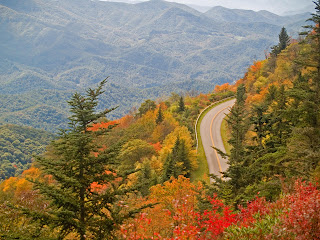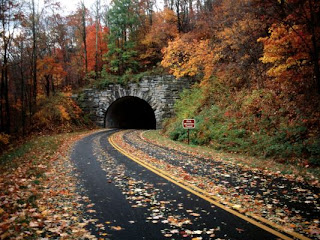Hotels in Egypt and Lybia
The Great Sand Sea is an uninhabitable belt of shifting golden dune ridges up to 100 m (330ft) high, a natural impassable barrier between Egypt and Lybia up to 300 km (200 mi) wide and extending for some 600 km (375 mi) north to south. Human habitation is only possible in the five remote oases at its edge, where mineral springs and waterholes enable life. On this 1000 km (600 mi) road adventure, you will experience the magical stillness of elemental landscapes and wonder at the resilience of communities who have managed to preserve their culture, continuosly since antiquity, in the face of such overwhelmingly hostile odds.
Siwa, Egypt's westernmost oasis is the site of the ancient Oracle of Amun, consulted by Alexander the Great. It is an 80 km (50mi) swathe of date palms, olive trees and salt lakes inhabited by Berbers. The 400 km (250 mi) road along the ancient caravan route to Bahariya, you cross the surreal White Desert with dramatic rock formations like giant mushrooms, to reach Farafra, one of the most isolated places in Egypt.
Compared to this tiny oasis, Dakhla seems huge - fourteen villages surrounded by fields of mulberry, citrus, datepalm and fig, voerlooked by magnificent pinkish cliffs. It is perhaps the most beautiful stop on your journey and the village of Al-Qasr with its medieval architecture is one of the most significant archeological sites of Egypt's Western Desert. Your final stop is Kharga on the notorious Forty Days Road, the slave route from the Sudan to Cairo. Once back in the tourist maelstrom of modern Egypt, you will immediately yearn to return to the mystical desert silence.
HOW
By 4X4
WHEN TO GO
October to March
TIME IT TAKES
One to two weeks
HIGHLIGHTS
Shali Fortress, Siwa
Gebel al - Mawta - Mountain of the Dead, tombs cut into hillside.
Painted houses of Farafra.
Agabat Valley and Crystal Mountain in the White Desert.
Necropolis of Bagawat, Kharga - 2nd century Coptic tombs.
YOU SHOULD KNOW
This journeys can only be done in a 4X4 vehicle. You must obtain permision to travel between Siwa and Bahariya. A permit can be obtained on the spot in Siwa.
Hotels in Egypt and Lybia



